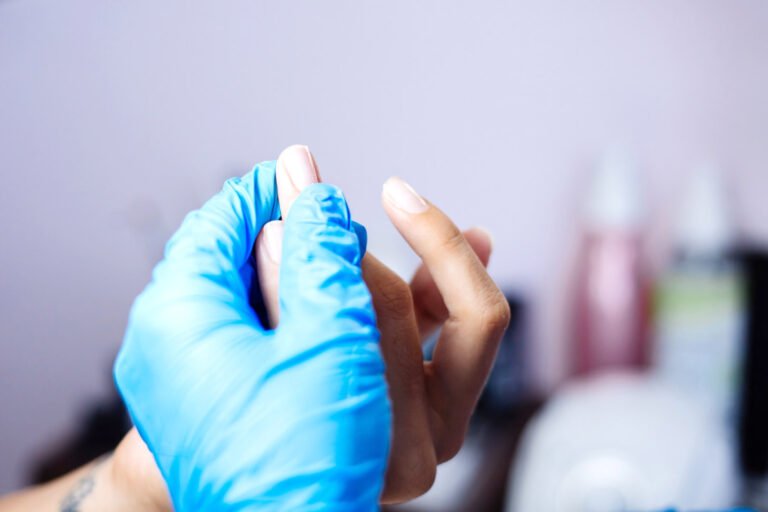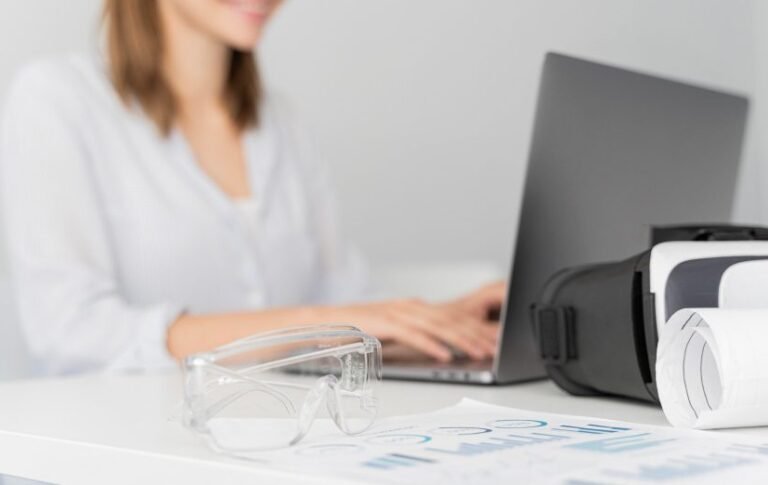The global regulatory landscape for medical devices and IVDs is evolving fast—especially with Malaysia joining the Medical Device Single Audit Program. Many manufacturers still ask a crucial question: What is MDSAP, and how does it change compliance planning across multiple markets?
In this article, we explain how MDSAP works and why Malaysia’s entry matters. Also, check about the FDA’s guidance on software used in production and quality systems, IMDRF’s upcoming PCCP guideline, and Anvisa’s new import process timeline.
What is MDSAP?
The Medical Device Single Audit Program (MDSAP) allows manufacturers to undergo a single regulatory audit. This audit is recognized by multiple participating countries.
Instead of preparing for separate inspections, companies can align their quality management system with shared requirements, saving time and resources.
Currently, MDSAP is recognized by:
- Australia (TGA)
- Brazil (Anvisa)
- Canada (Health Canada)
- United States (FDA)
- Japan (PMDA/MHLW)
- Malaysia (recently joined)
This means that a single audit can cover all these jurisdictions. This is why MDSAP is one of the most powerful tools for global market access. If you’re wondering what MDSAP is, it’s a pathway to simplify compliance and speed up global expansion.
Malaysia Joins MDSAP: What It Means for Manufacturers
Malaysia’s decision to join MDSAP expands the program’s reach in the Asia-Pacific region. For manufacturers, this represents:
- Broader market access with fewer audits.
- Reduced redundancy in compliance documentation.
- Faster timelines for product registration in multiple countries.
ChatGPT said:
For companies aiming for global growth, MDSAP covers major markets like the U.S., Japan, Brazil, and Malaysia.
Pro tip: Counting on an international audit strategy helps you take advantage of frameworks like MDSAP. For this reason, you should talk to Sobel to align your compliance pathway and expand into multiple markets with confidence. And remember — understanding MDSAP is the first step toward a stronger regulatory strategy!
FDA Guidance on Software in Production and Quality Systems

The FDA has published the Computer Software Assurance for Production and Quality System Software guidance, which provides recommendations for the use of software applied to manufacturing and quality systems in medical device companies.
The guidance introduces a risk-based approach to determine the appropriate level of rigor for software validation, considering its impact on device quality and safety. It is also aligned with the transition to the new Quality Management System Regulation (QMSR), which will take effect in February 2026.
For manufacturers already using automation, electronic records, integrated ERP systems, laboratory management software, automated inspections, or other digital tools within their quality systems, this guidance will be key to adjusting validation procedures.
Additionally, aligning with FDA recommendations reduces audit risks, prevents failures in quality processes, and ensures stronger compliance with the upcoming QMSR.
IMDRF Prepares New PCCP Guideline
The International Medical Device Regulators Forum (IMDRF) announced that it is developing a guideline on Predetermined Change Control Plans (PCCPs).
These plans would allow manufacturers to define in advance certain product modifications, so they can be implemented without the need for a full regulatory submission every time.
This initiative represents a major step toward more agile and harmonized regulation. For manufacturers, it could mean faster adoption of innovations—particularly in devices and software—while still meeting global safety and compliance standards.
By anticipating how changes will be managed, companies gain predictability, and regulators gain confidence that updates will not compromise patient safety.
Anvisa Announces New Import Process Timeline
Brazil’s Anvisa has published the timeline for implementing its new import process for products under health surveillance. This update directly affects companies that import cosmetics, medical devices, and IVDs into Brazil.
The new process seeks to modernize and integrate import operations, offering greater traceability and transparency while reducing delays.
For manufacturers abroad, this means carefully reviewing documentation and aligning with local partners to avoid bottlenecks. Meanwhile, for Brazilian importers, it requires adapting internal procedures and ensuring compliance with the deadlines established by the agency.
Ultimately, this move reflects Anvisa’s effort to align more closely with international best practices and strengthen oversight of products entering the country.
Key Takeaways for Manufacturers
From Malaysia joining MDSAP to new initiatives from FDA, IMDRF, and Anvisa, regulatory authorities are moving towards greater harmonization, transparency, and efficiency.
If you are still wondering what is MDSAP and how it affects your business, Sobel can help you navigate this program and prepare for future regulatory challenges. With expert support, your company can stay compliant, competitive, and ready for global growth.
At Sobel, we share regulatory updates and insights in our biweekly newsletter — where news like this appears first! If you’d like to receive updates firsthand, visit our website and click “Newsletter” in the top menu to subscribe.




